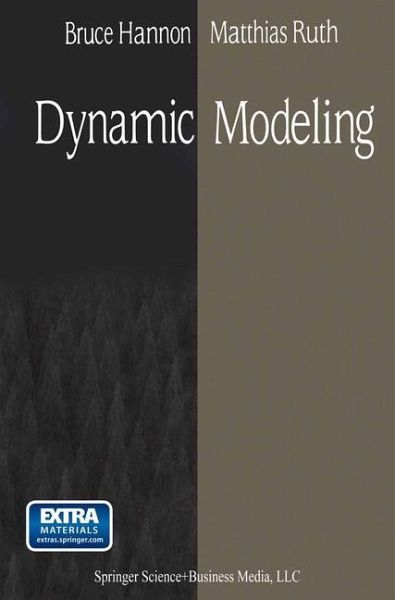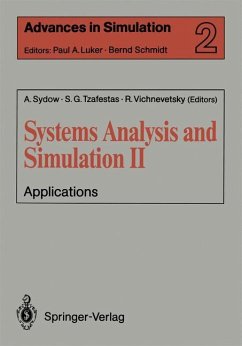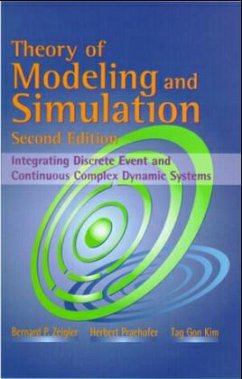
Dynamic Modeling
Versandkostenfrei!
Versandfertig in 1-2 Wochen
53,49 €
inkl. MwSt.
Weitere Ausgaben:

PAYBACK Punkte
0 °P sammeln!
Dynamic modeling refers to the use of computer programs to simulate the behavior of complex, changing systems. Such systems range from weather forecasting to the environmental impact of a pesticide to the economics of fish harvests. Hannon and Ruth have combined the computing power of the modern personal computer and the ease-of-use of the simulation software STELLA, and written an introduction to modeling that will be welcomed by students in disciplines ranging from biology to chemistry to engineering to economics. The "democratization" of modeling is intended to introduce simulation as an in...
Dynamic modeling refers to the use of computer programs to simulate the behavior of complex, changing systems. Such systems range from weather forecasting to the environmental impact of a pesticide to the economics of fish harvests. Hannon and Ruth have combined the computing power of the modern personal computer and the ease-of-use of the simulation software STELLA, and written an introduction to modeling that will be welcomed by students in disciplines ranging from biology to chemistry to engineering to economics. The "democratization" of modeling is intended to introduce simulation as an integral part of education which will prepare students to incorporate it routinely into their own areas of specialization.














